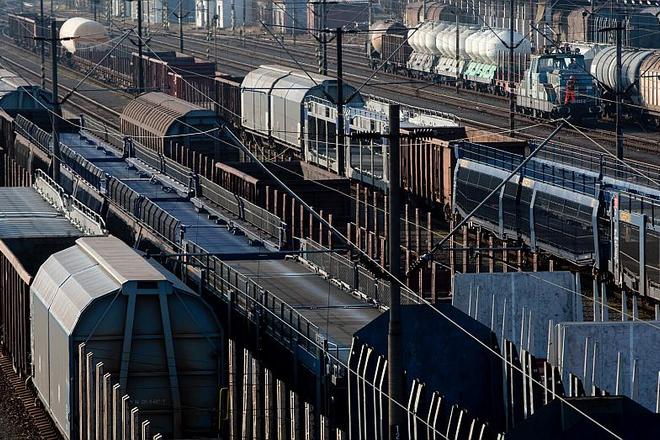Annually, 3.4 billion tonne-kilometres of goods are transported across Europe. By the end of 2020s, the amount will increase by 570 million, an equivalent of the volume of transport in Germany in 2015.
Most goods - up to 77 percent - are transported by trucks. However, they pollute the air, clog roads, and in a few years there will be no one to drive them. The European Union wants to solve this problem by increasing the amount of goods transported by railways, from less than 20 percent now to at least 30 percent.
With its location in the centre of Europe, this represents a great opportunity for Slovakia. At the moment freight carriers are bypassing it. Change will not be easy.
Why railways are the solution
If all goods are were to be transported by vehicles, the current number of more than six million would not be enough; another million would be needed.
Rail Freight Forward (RFF), a coalition of European rail freight companies, says that the industrial regions of Rhineland and Ruhr in Germany, and in Belgium and the Netherlands, would not be able to cope.
Road problems are expected in other countries as well. Drivers in France, Great Britain and Germany already spend 120 hours a year in traffic jams, and more trucks will make it worse.


 (source: SME)
(source: SME)